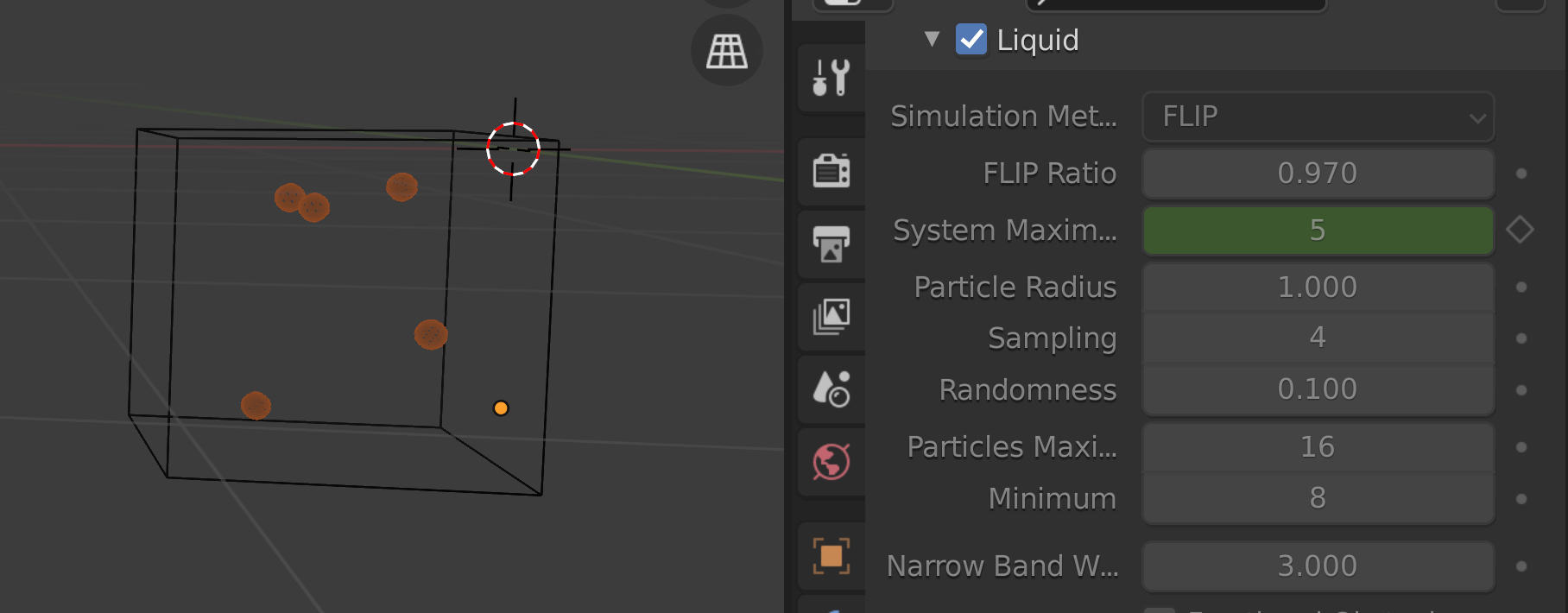I'm trying to get a fluid simulation working so that I can have a character who's basically always dripping (he's kinda made of fluid? It's difficult to explain). I want to use Mantaflow for the realism and the fact the character needs to be animated.
The problem is, every single simulation I do, the fluid comes out of the inflow object like a hose! Or at least a faucet at high pressure. I've been messing with every single setting, starting from a Quick Fluid, so to recreate my scene just apply Quick Fluid to a cube. I do not know how to include Blender files here which is why I'm giving those instructions instead of just including the file.
I know how to work with viscosity and such to get the fluid behaving how I want once it is emitted, it's just having WAY too much spawned.
Basically the way the character works is that he's supposed to just have a constant slow drip of the same material his body is made of (it's just pure black with no shading).
Here's a sketch of something like what the goal is. But what I am getting is essentially this:
Here's an actual screenshot of the current simulation (it looks crooked because the cube is animated to move side to side, I was messing with the viscosity and such):
There's no collision so it shouldn't be flowing around anything at the moment, but I don't want it to be coming out like a faucet. I want it to essentially just drip from the center of the cube (with this setup). I already have an idea to get the character to work with collision and stuff but it's just too much actual fluid.
How do I reduce it? Everywhere I look just says to reduce the source velocity but if it's anything above 0 it looks like this, with 0 spawning nothing at all. It only seems to change how the source's animation effects it which isn't what I want to change. Scaling the entire inflow object is not an option since it's for a character (though doing that still has the same problem, it's just a smaller faucet...).






